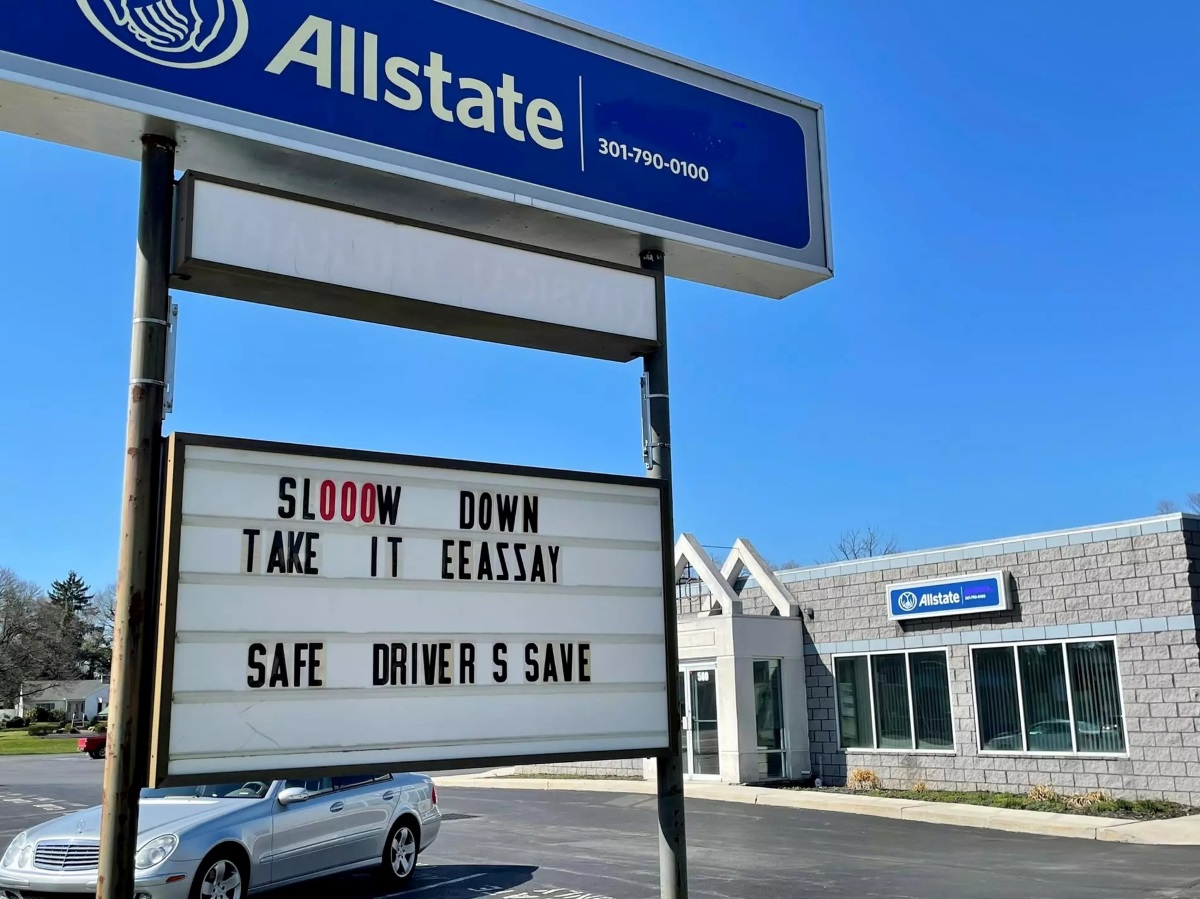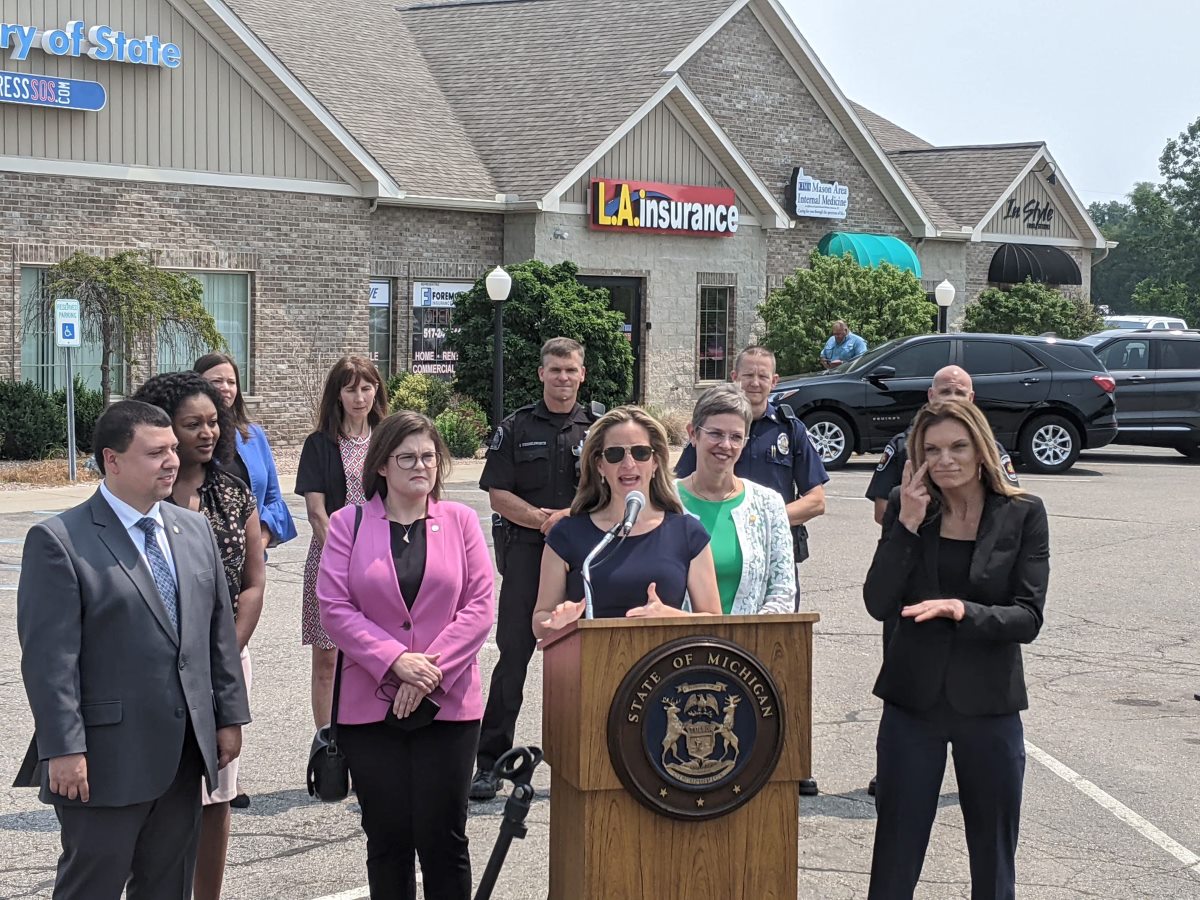Home>Finance>How Much Grace Period For Allstate Homeowners Insurance


Finance
How Much Grace Period For Allstate Homeowners Insurance
Published: February 21, 2024
Learn about the grace period for Allstate homeowners insurance and manage your finances with ease. Get the coverage you need without the stress.
(Many of the links in this article redirect to a specific reviewed product. Your purchase of these products through affiliate links helps to generate commission for LiveWell, at no extra cost. Learn more)
Table of Contents
Introduction
Understanding the Grace Period in Homeowners Insurance
When it comes to protecting your home, having the right insurance coverage is essential. Homeowners insurance provides a safety net for unexpected events, offering financial protection in the event of damage or loss. However, maintaining your coverage requires timely payment of premiums. Understanding the grace period for Allstate homeowners insurance is crucial for policyholders to ensure uninterrupted coverage.
The grace period is a critical aspect of insurance policies, including homeowners insurance. It refers to the additional time provided by the insurer for policyholders to make premium payments after the due date has passed. During this period, the policy remains in force, and coverage continues, offering a buffer for policyholders who may face temporary financial constraints.
In the context of Allstate homeowners insurance, the grace period serves as a valuable safeguard, allowing policyholders to maintain their coverage even if they encounter unexpected financial challenges. Understanding the specifics of the grace period, including its duration and implications, is vital for policyholders to make informed decisions and avoid potential lapses in coverage.
As we delve deeper into the concept of grace periods and their significance in the realm of homeowners insurance, we will explore the specific details of the grace period offered by Allstate, the factors that can impact this timeframe, and the importance of adhering to premium payment schedules. Let's embark on a comprehensive exploration of the grace period for Allstate homeowners insurance to gain a deeper understanding of this crucial aspect of insurance coverage.
Understanding Grace Periods
Grace periods are a fundamental component of insurance policies, providing a window of time beyond the due date for premium payments. In the context of homeowners insurance, including Allstate policies, the grace period serves as a crucial safeguard for policyholders, offering flexibility in managing premium payments.
During the grace period, which typically ranges from 10 to 30 days, policyholders can submit their premium payments without facing immediate consequences such as policy cancellation. This period acts as a buffer, allowing homeowners to address temporary financial constraints without risking a lapse in coverage.
It’s important to note that while the coverage remains in force during the grace period, any claims filed during this time may be subject to review by the insurer to ensure that the policy remains in good standing. Policyholders should also be aware that making a late payment during the grace period could lead to a negative impact on their payment history, potentially affecting future premiums.
Understanding the specifics of the grace period is crucial for homeowners, as it provides insight into the timeframe available for making premium payments without repercussions. Policyholders should familiarize themselves with the duration of the grace period outlined in their Allstate homeowners insurance policy, as it can vary based on the specific terms and conditions of the coverage.
As we navigate the realm of grace periods in homeowners insurance, it becomes evident that this allowance offers a valuable opportunity for policyholders to manage their financial obligations while maintaining essential coverage for their homes. Next, let’s explore how the grace period is defined within the context of Allstate homeowners insurance, shedding light on the specific parameters and considerations that policyholders need to keep in mind.
Allstate Homeowners Insurance Grace Period
When it comes to Allstate homeowners insurance, the grace period represents a crucial aspect of the policy, offering policyholders a window of time beyond the premium due date to make payments without facing immediate repercussions. Allstate typically provides a grace period of 10 to 30 days for homeowners insurance policies, allowing flexibility for policyholders in managing their premium payments.
During this grace period, the coverage under the Allstate homeowners insurance policy remains in force, providing a safety net for policyholders who may face temporary financial constraints. This means that even if the premium due date has passed, policyholders can still make their payments within the grace period to ensure uninterrupted coverage for their homes.
It’s important for Allstate policyholders to be aware of the specific duration of the grace period outlined in their homeowners insurance policy. This information is typically detailed in the policy documentation, and policyholders are encouraged to review their policy terms to understand the exact timeframe available for making premium payments during the grace period.
Policyholders should also take into account that while the coverage remains active during the grace period, late payments can have implications on their payment history, potentially affecting future premiums. Therefore, it’s essential for homeowners with Allstate insurance to manage their premium payments effectively and make timely contributions to maintain a positive payment record.
Understanding the grace period offered by Allstate homeowners insurance is integral to ensuring that policyholders can navigate their premium payments with confidence, knowing that there is a designated timeframe beyond the due date to address their financial obligations without risking a lapse in coverage.
As we continue to explore the dynamics of the grace period within the realm of Allstate homeowners insurance, it becomes evident that this allowance serves as a valuable resource for policyholders, offering flexibility and protection for their most significant investment—their homes.
Factors Affecting Grace Period
Several factors can influence the grace period associated with Allstate homeowners insurance and other insurance policies. Understanding these factors is crucial for policyholders to navigate their premium payments effectively and ensure uninterrupted coverage for their homes.
Policy Terms and Conditions
The specific terms and conditions outlined in the Allstate homeowners insurance policy play a significant role in determining the duration of the grace period. Policyholders should review their policy documentation to understand the exact timeframe provided for making premium payments beyond the due date.
State Regulations
Insurance regulations can vary by state, and these regulations may impact the grace period offered by insurers such as Allstate. It’s important for policyholders to be aware of the state-specific guidelines governing grace periods for homeowners insurance, as these regulations can influence the duration of the grace period available to them.
Payment History
The payment history of policyholders can also affect the grace period provided by Allstate homeowners insurance. Consistently making timely payments can contribute to a positive payment history, potentially influencing the insurer’s flexibility in accommodating late payments within the grace period.
Communication with the Insurer
In some cases, policyholders may be able to communicate with their insurer, including Allstate, to discuss their premium payment schedules and explore options within the grace period. Effective communication and transparency regarding financial challenges can sometimes lead to mutually beneficial solutions that help policyholders maintain their coverage.
Policyholder’s Financial Situation
The individual financial circumstances of policyholders can impact the grace period, especially if they encounter temporary financial challenges that affect their ability to make timely premium payments. Insurers such as Allstate may consider the policyholder’s situation when assessing late payments within the grace period.
By considering these factors, policyholders can gain insight into the dynamics that influence the grace period associated with Allstate homeowners insurance. Understanding these variables empowers homeowners to navigate their premium payments effectively and take proactive steps to maintain their coverage without facing immediate repercussions.
Importance of Paying Premiums on Time
Paying premiums on time is a fundamental aspect of maintaining Allstate homeowners insurance coverage and is essential for ensuring financial protection for one’s home. The timely payment of premiums holds significant importance for policyholders, and understanding the implications of late payments is crucial for safeguarding their coverage and financial security.
Continuous Coverage
Timely premium payments ensure continuous coverage under the Allstate homeowners insurance policy. By paying premiums on time, policyholders avoid the risk of lapses in coverage, ensuring that their homes remain protected against potential risks and perils outlined in the policy.
Financial Protection
Homeowners insurance serves as a vital financial safeguard, offering protection against unforeseen events such as natural disasters, theft, or property damage. Timely premium payments uphold this protective shield, providing peace of mind for homeowners and mitigating financial risks associated with potential losses.
Mitigating Policy Consequences
Failure to pay premiums on time can lead to policy consequences, including potential coverage gaps and the risk of policy cancellation. Timely payments within the grace period offered by Allstate homeowners insurance help policyholders avoid these repercussions, ensuring that their coverage remains intact.
Positive Payment History
Maintaining a positive payment history by consistently paying premiums on time can have long-term benefits for policyholders. A history of timely payments may contribute to favorable premium rates and enhanced trust with the insurer, potentially leading to cost savings and a strong rapport with Allstate.
Compliance with Policy Terms
Adhering to premium payment schedules demonstrates compliance with the terms and conditions of the Allstate homeowners insurance policy. This commitment to fulfilling financial obligations strengthens the contractual relationship between the policyholder and the insurer, fostering a sense of reliability and responsibility.
Peace of Mind
Timely premium payments offer peace of mind for homeowners, knowing that their insurance coverage is active and their homes are protected. This peace of mind extends beyond financial considerations, providing emotional reassurance and stability in the face of potential risks.
Understanding the significance of paying premiums on time empowers policyholders to prioritize their financial obligations and maintain the integrity of their Allstate homeowners insurance coverage. By recognizing the importance of timely payments, homeowners can uphold the protective shield of insurance and secure their homes against unforeseen circumstances.
Conclusion
Exploring the grace period for Allstate homeowners insurance reveals the critical role it plays in providing policyholders with flexibility and protection when managing their premium payments. Understanding the dynamics of the grace period, including its duration, factors influencing it, and the importance of timely payments, is essential for homeowners to navigate their insurance coverage effectively.
The grace period serves as a valuable safety net, offering policyholders a designated timeframe beyond the premium due date to address their financial obligations without risking a lapse in coverage. Allstate homeowners insurance typically provides a grace period of 10 to 30 days, allowing homeowners to make late payments within this window to maintain their coverage.
Factors such as policy terms and conditions, state regulations, payment history, communication with the insurer, and the policyholder’s financial situation can influence the grace period, highlighting the need for policyholders to stay informed and proactive in managing their premium payments.
Recognizing the importance of paying premiums on time is paramount, as it ensures continuous coverage, financial protection, and a positive payment history. Timely payments uphold the integrity of the insurance policy, mitigate potential consequences of late payments, and offer peace of mind for homeowners, knowing that their homes are safeguarded against unforeseen events.
In conclusion, the grace period for Allstate homeowners insurance serves as a vital component of the policy, providing policyholders with the flexibility to manage their premium payments while maintaining essential coverage for their homes. By understanding the intricacies of the grace period and the significance of timely payments, homeowners can navigate their insurance obligations with confidence, ensuring that their most significant investment—their homes—is protected.














